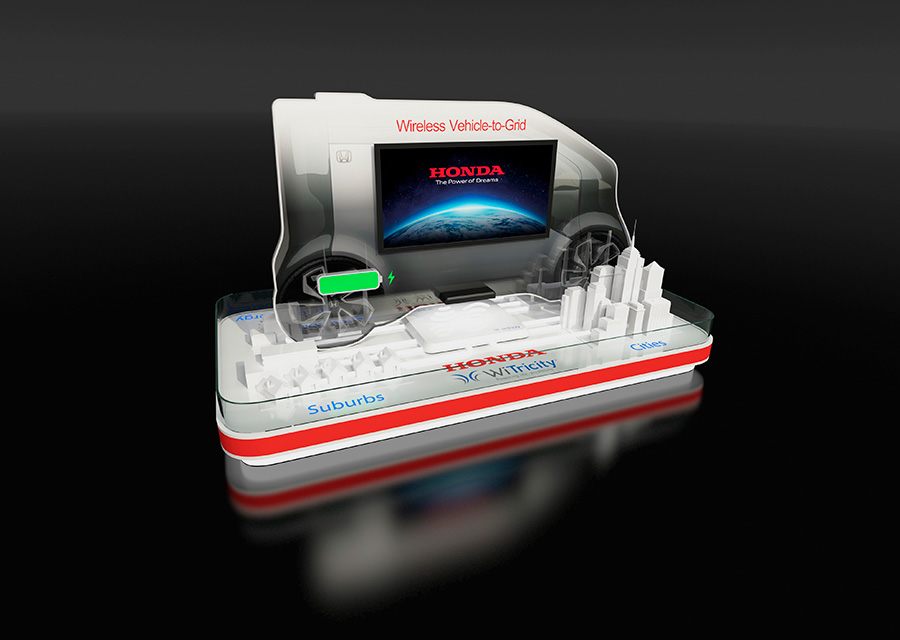These are the most disappointing cars we drove in 2018
Mack Hogan | CNBC
Mack Hogan | @macklinhogan
1 Hour Ago
With such steep competition, it's rare that automakers have truly haphazard entries in any segment. Still, some cars totally miss the mark on value.
Sure, the worst cars on sale today are still more livable and safe than cars from 20 years ago, but prices keep creeping higher. So for me, the biggest disappointments are all cars that have price tags divorced from the reality of the market.
With interest rates rising and shoppers looking for better deals, there are a few cars this year that we think most people should skip entirely.
Here they are, in alphabetical order.
Ford EcoSport
Price as tested: $28,235
Ford needed an entry in the subcompact crossover space, so it's easy to see why they brought over a years-old design from abroad. And to its credit, the EcoSport is decent inside and fun to toss around. Had it come in at a reasonable price, it could be a hit. But, with Ford axing most of its cars, the EcoSport is simply too expensive to be the starting point of the Ford lineup.
Adam Jeffery | CNBC
GMC Terrain
Price as tested: $40,550
At $40,550, our GMC Terrain tester was far more expensive than range-topping versions of its competitors. Yet, the fully-kitted Terrain costs as much as $10,000 more than competitors, offering few advantages besides an available rear-seat-entertainment system. There's nothing else to justify a 30 percent premium over compelling options from Honda, Mazda and Nissan. Buy something else and tape a pair of iPads to the headrests, because there's no way I would recommend the Terrain.
Mack Hogan | CNBC
Infiniti QX60
Price as tested: $65,930
My full review of the QX60 hasn't published yet, but it's safe to say I wasn't impressed. Some quilted leather and a good coat of paint can't hide the fact that the QX60 has pedestrian roots and an infotainment system out of 2012. The word “bumbling” was created to describe the QX60, with the mega monster feeling more unwieldy and less refined than some mainstream crossovers. It'd be a midpack finisher in the mainstream three-row crossover world, but against other $65,000 family haulers it makes no sense.
Infiniti
Toyota Yaris
Price as tested: $19,335
Let's be clear about three things. One, I love a cheap and cheerful car. Two, Toyota makes some good cheap cars. Three, the Yaris is not one of them. Sure, $19,335 doesn't sound like a lot of money, but the value proposition is nonexistent. The Yaris has a bad interior that doesn't make even a passing attempt to disguise its cheapness, while the powertrain is loud and clattery. In all forms, it feels like a car from a decade ago.
The most damning part of it all is the competition. Not from other automakers, but from Toyota itself. Between the Yaris iA (a completely different car despite the similar name), the Corolla iM and the Corolla, Toyota offers three better cars that start at under $19,335.
Instead of the cars on this list, consider buying one of the best I tested in 2018.
Mack Hogan | CNBC
more from Tech
